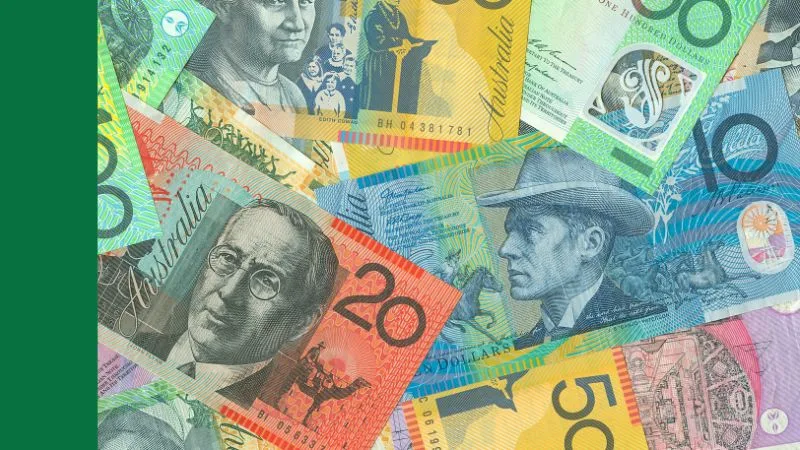Qantas Airways Ltd (ASX:QAN) shares will be a focal point for ASX investors today following the release of its 2020 half-year financial report.
For context, the broader Australian share market or S&P/ASX 200 (ASX: XJO) was trading at 7144.6, up 0.43%.
About Qantas Airways
Qantas is Australia’s leading airline. It was founded in the Queensland outback in 1920, the Qantas name was originally Queensland and Northern Territory Aerial Services. The company operates two main airlines – Qantas and Jetstar – and subsidiary businesses including other airlines, businesses in specialist markets such as Q Catering, Qantas Freight Enterprises and the popular Qantas Frequent Flyer program.
Featured video: underlying versus statutory results
In the Rask video above, Owen explains the difference between ‘underlying’ results and ‘statutory’ results. Knowing the difference between these two numbers is essential to understanding a financial report. Take one of our free finance courses by clicking here.
Qantas’ Key Results
| This period | Last period | Change | |
| Revenue | 9,464 | 9,206 | 2.8% |
| Profit | 445 | 463 | -3.89% |
| Cash flow | 1,475 | 1,435 | 2.79% |
| Dividends (cents) | 13.5 | 13 | 3.85% |
Source: Qantas Airways Ltd announcements; author calculations, AUD millions unless otherwise stated.
As can be seen above, the company’s revenue came in at $9.46 billion, up $258 million, or 2.8%.
Revenue per passenger kilometre, a key measure for airlines, rose 0.7% and the number of passengers carried increased 1.3% to 28.87 million.
Looking a little deeper into the result, the Qantas Loyalty brand was able to grow revenue from $809 million to $872 million, an 8% rise from the same period in 2019. Meanwhile, Qantas International lines reported a $150 million increase in revenue, to $3.84 billion.
Although the Qantas Domestic business reported a modest decline in revenue between 2019 and 2020 it is still the most important business when it comes to operating profit (EBIT), accounting for over half of the entire group’s operating profit during the period.
“Overall, our performance in the first half was very positive and it shows we remain in a strong position going forward,” CEO Alan Joyce said. “In the domestic market we dealt with some travel demand weakness and a structural change in our overheads from the sale of domestic terminals.”
“Internationally, the growth in passenger revenue outweighed the impact of disruption in Hong Kong and a freight market affected by trade wars. Our ultra-long haul routes like Perth-London continue to perform extremely well. “
Qantas Airways’ profit was $445 million, down $18 million, or 3.8%. On the cash flow statement, which is an important financial statement since it represents the underlying health of a business, operating cash flow was $1.47 billion, up $40 million.
Finally, dividends declared by the company stood at 13.5 cents, up 0.5 cents per share.
Together with the dividends paid and declared, Qantas has maintained its strategy of improving its capital management framework by conducting off-market share buybacks worth more than $150 million.
Coronavirus Impact
Looking towards the second half of the financial year Qantas expects the effects from the Coronavirus to result in a $100 million to $150 million hit to EBIT, despite lower fuel costs and capacity adjustments.
“Coronavirus resulted in the suspension of our flights to mainland China and we’re now seeing some secondary impacts with weaker demand on Hong Kong, Singapore and to a lesser extent, Japan,” Joyce added.
In all, the company expects a 2.8% decline in capacity in the second half for the International business and a 2.3% decline in Domestic.
Qantas Airways shares were last seen trading at $6.30, giving the company a market capitalisation more than $5 billion.
[ls_content_block id=”14948″ para=”paragraphs”]











